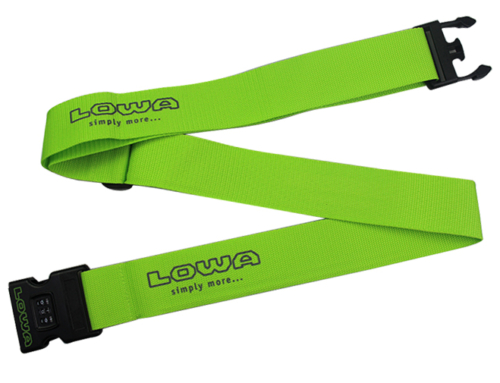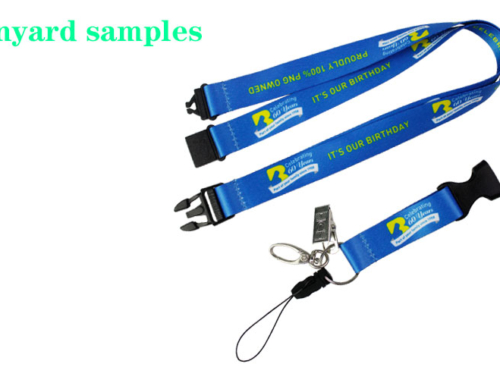The dog collar can be a fashion statement, a piece of safety equipment, a method of control, and more. Dog collars are the point of attachment not only for a leash, but also for crucial identification and vaccination tags. Often a collar is enough: enough comfort for the dog and enough control for you. For some animals, though, a collar can be a training hindrance or even a health hazard. Read on to learn why a harness may be preferable.

When to use a dog harness
If your dog pulls or jumps excessively:
Front-facing harnesses, sometimes called front-clip harnesses, on which the leash attaches to a hook on the chest, are ideal training tools. Your gentle tugs shift the pup’s attention away from the stimulus causing him to leap or lunge. A tightening harness, which also clips in the front, works in a similar fashion, but additionally tightens around the pup’s chest when it pulls. These can be effective for particularly stubborn dogs, but also risk causing pain, so check with your vet before using.
If your dog’s breed is brachycephalic:
That scientific term just means your dog has a short head. Like: Pugs, Boxers, Bulldogs,etc. The flattened shape of their noggins can slightly restrict airways, leading to that signature snorting, snoring, and noisy breathing. A collar puts further strain on their airways and should be avoided.
If your dog has a narrow skull or thick neck:
There’s probably no need to tell you about this scenario, as you’ve likely experienced it: your trusted friend pulls backward and the collar slips right off her head.
If your dog has glaucoma:
A collar tightened around the neck not only puts pressure on an animal’s airway, but also on his eyes. This can exacerbate existing glaucoma or speed its development.
If your dog has arthritis or mobility issues:
A chest or back harness allows you to physically help your dog rise, change direction, or climb stairs with only a gentle tug on her leash.
If your dog spends a lot of time in the car:
Cars are exciting. But a restless pooch is a danger to the driver, and therefore everyone on the road. Many chest harnesses come with attachments that clip onto existing backseat seatbelts, keeping everyone safe, and providing the comfort of boundaries for the dog as well.
Choose a appropriate harness for your dog
Now that you know how your dog may benefit from a harness, it’s important to remember that many dogs simply dislike the feel of a harness. In that case, unless he’s in danger without one, keep him in a conventional collar. Even if your dog doesn’t mind the harness, if he has excessive or long hair, those flowing locks can get tangled in a harness’s straps and clips, compromising his comfort and your own sanity.
Whether you choose a dog collar or a dog harness, ensure your pup can always be identified. If you use a harness but remove it indoors, keep your dog in a tagged collar. You may also consider personalizing the collar or harness with his name and your telephone number. Whether you choose a harness or collar, consider one with reflective bands so she can be seen at night. Consult your vet about the appropriateness of a harness for your puppy.





